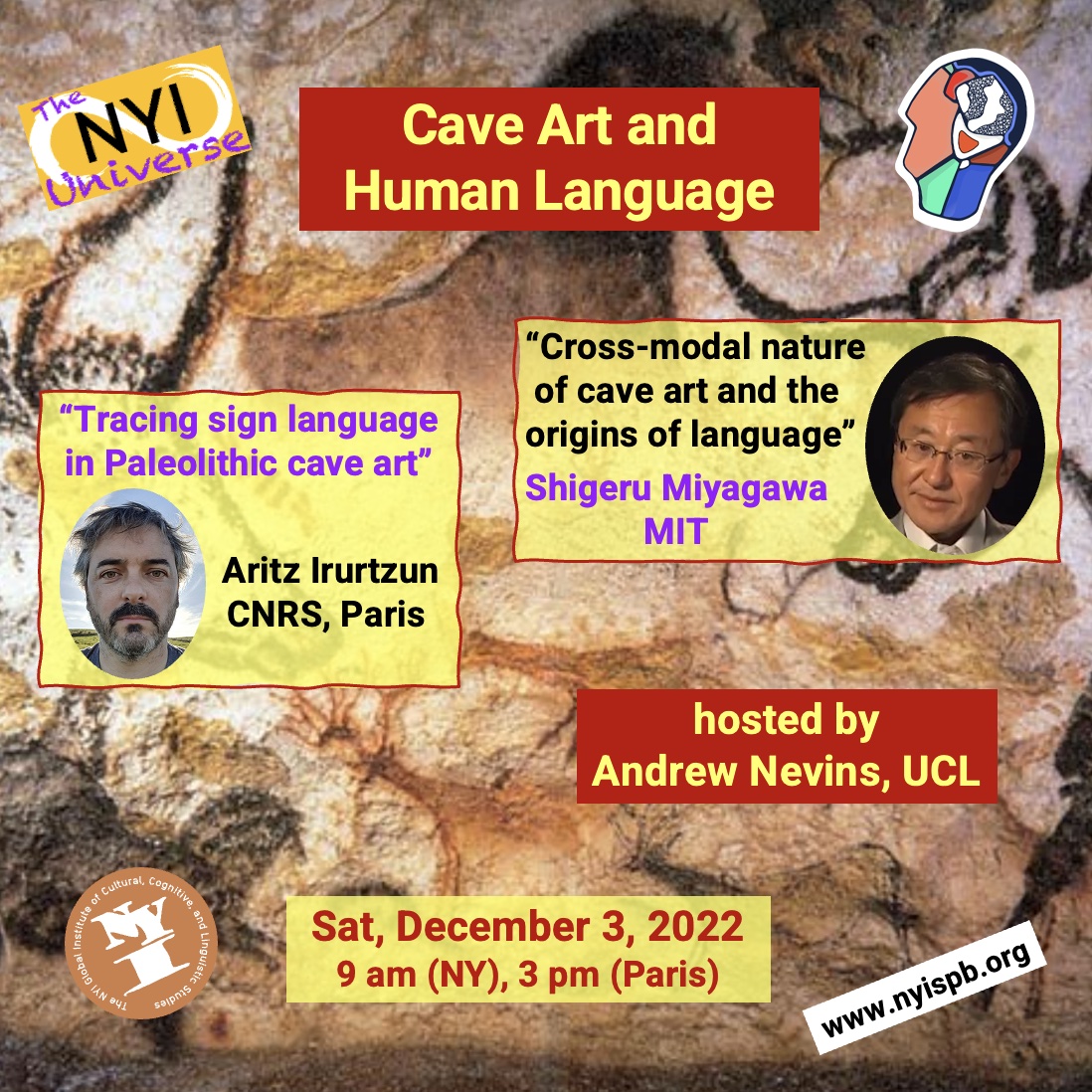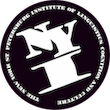Saturday, December 3
Cave Art and Human Language

"Tracing sign language in Palaeolithic cave art"
Aritz Irurtzun, CNRS Paris
Hand stencils (negative hand images) are some of the most characteristic images of the Recent (or Upper) Palaeolithic in Europe. However, as in any other manifestations of pre-historic art, nothing is known for sure about their functions and goals. In this talk, I will provide a linguistic prism to the nature of hand stencils by exploring the hypothesis that they represent gestures with deliberate folding of fingers as hand signs of an ‘alternate’ sign language like those still employed by a number of bimodal (speaking and signing) human groups for hunting and for a rich array of ritual purposes. This work is based on Etxepare & Irurtzun (2021).
“Cross-modal nature of cave art and its implications for the origin of language”
Shigeru Miyagawa, MIT
Since language doesn’t fossilize, we have to look at other symbolically-mediated behavior to see when it may have emerged, and how. Cave art turns out to be multi-modal, like language, in that it is in part triggered by acoustic signal that gets translated into visual representation. We look at the nature of cave art and what it might tell us about the origin of language. This work is based on Miyagawa, Lesure, Nóbrega (2018).
Saturday, December 3, 2022
9:00 am (NY); 3:00 pm (Paris); 4:00 pm (Kyiv);
5:00 pm (St.P); 7:30 pm (Delhi); 10:00 am (Beijing)

